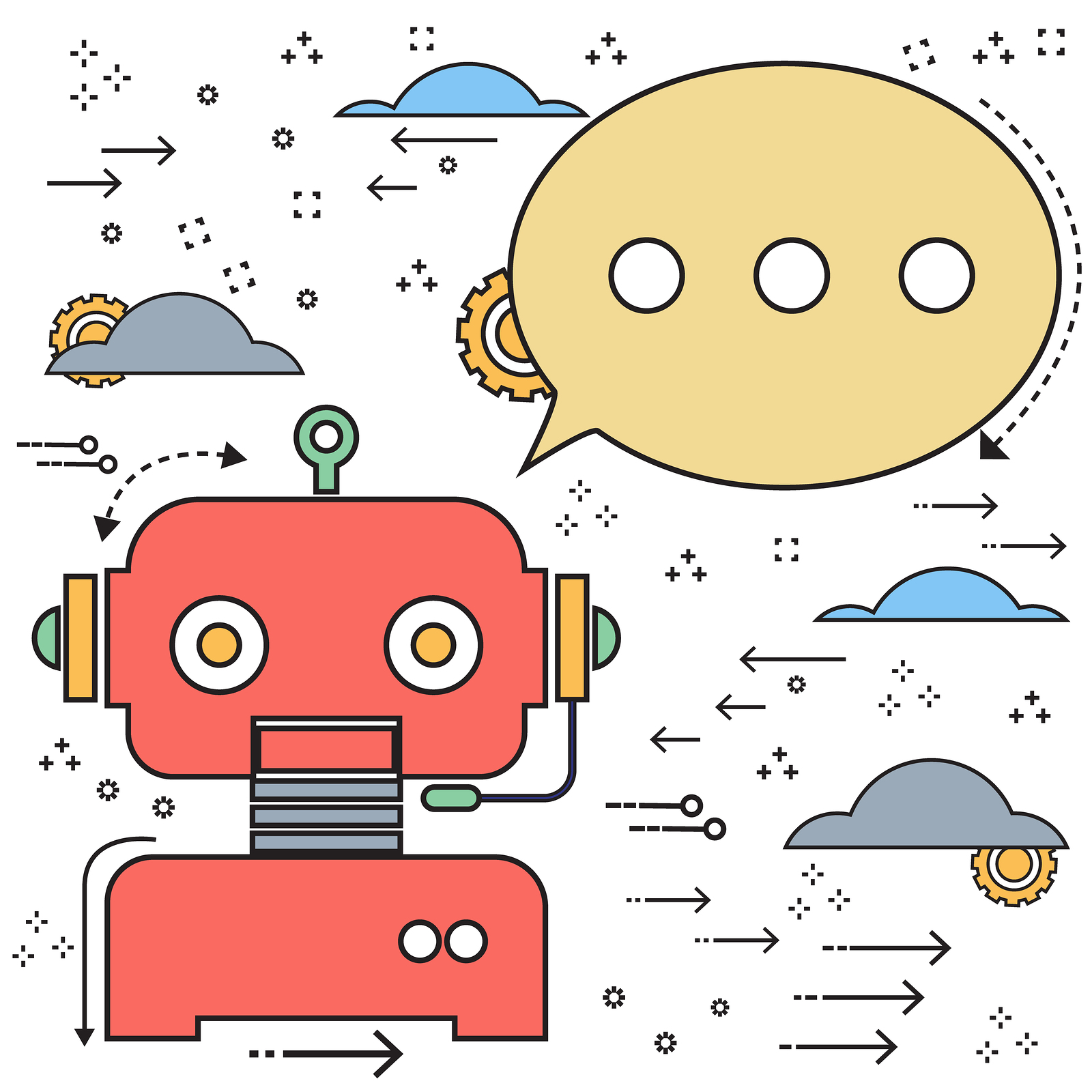
Everybody seems to be talking about it: AI in the workplace, the home and online. And unlike the flying car, AI isn’t perpetually a few years away. It’s actually here and every month it’s changing the business landscape. As they become more powerful and – just importantly – cheaper, they are going to enter into every layer of our societies and our companies. That means we have to start doing some planning to make sure we’re ready for when AI becomes financially attractive for our companies.
More than its parts
The first thing we need to understand is that AI isn’t going to take jobs away. Certainly not initially. What they do isn’t the same as what we do. Their ‘minds’ work entirely differently. For example, AI is great at teasing out relationships between numbers. But what they can’t do is explain why that relationship exists. For that, we will still need people.
For that reason, it isn’t AI or employees. Instead, it’s AI together with employees. Together, they will be able to achieve things faster and more effectively than either can alone.
To achieve that, however, it is important that people remain open minded. After all, as AI is still a new technology, we can’t yet know where it will have the biggest impact. As that gets discovered, teams will have to shift the way they work to incorporate these new opportunities and chances.
One way to make sure that happens is to create as open-minded a mindset as possible. The status quo will need to be challenged repeatedly from different sides and by different people to realize the full potential of new technologies. For that to happen, people have to feel that they can speak their minds without negative consequences and that they will be rewarded for going the extra mile.
That requires trust
For that to happen, the people in your company have to feel that what’s coming isn’t going to threaten their livelihood, but instead is going to offer new opportunities for them and the company to excel. In other words, it requires trust.
Only if they don’t feel threatened are they going to be willing to stick their necks out and try new things. This means emphasizing the possibilities for collaborations between man and machine. It also means highlighting new ideas and what’s already going on in other companies, so that people can see what other people have come up with.
It might even be worthwhile to start putting together an AI taskforce, who will be tasked with keeping on top of AI developments and what that will mean for the company. They should also consider projections of costs and savings. In this way, your company will be in a better position to know whether they should jump on in or wait for the water to get a bit warmer.
Don’t throw out the baby with the bath water
Often, when new technologies or new ideas get introduced, people get swept away and go too far. That risk exists with AI just like it did with many other over-hyped technologies. Don’t fall for that. Remember to not just invest in AI, but also in your workforce. Make sure people are still meeting face to face to discuss new ideas, that there are still workshops that enhance people’s skills (with and without AI) and other ways that will promote the skills, wellbeing and engagement of employees.
The more obvious it is to employees that the current workforce isn’t simply going to be replaced (a fear that they might well harbor based on how news outlets have covered it) the more enthusiastic they will be about its opportunities.
One of the first steps to calming the fears of employees is to make sure they actually understand what AI is capable of and what is just far out fantasies created by people who don’t really understand the technology. You can invite speakers who understand the topic well, or put together literature about what is and isn’t possible with AI. From there, create discussion groups that explore what such technologies mean for your company – whether your work in finance or you manage a translation firm.
Be aware that the very people who will need to read this material or see these speakers the most are often the least likely to do so. They might be frightened and not want to think about it or believe that they already understand the topic well enough.
All new technologies have to be managed – AI doubly so
If introduced gradually to a willing workforce, the opportunities that AI brings to the table can be huge. If, on the other hand, it is throw among them without any real preparation, there might be fear and misunderstanding.
For that reason, start the process today. Inform employees of what might happen and what certainly will. Make it clear what AI is capable of and what it is not. And then offer guided discussions. This will both pave the way and dispel any lingering doubts employees might have.
